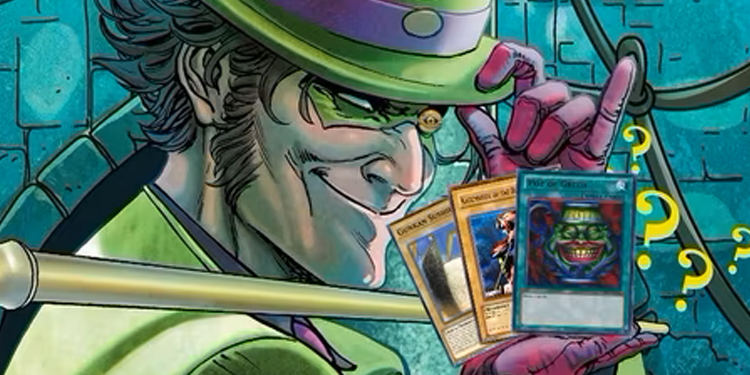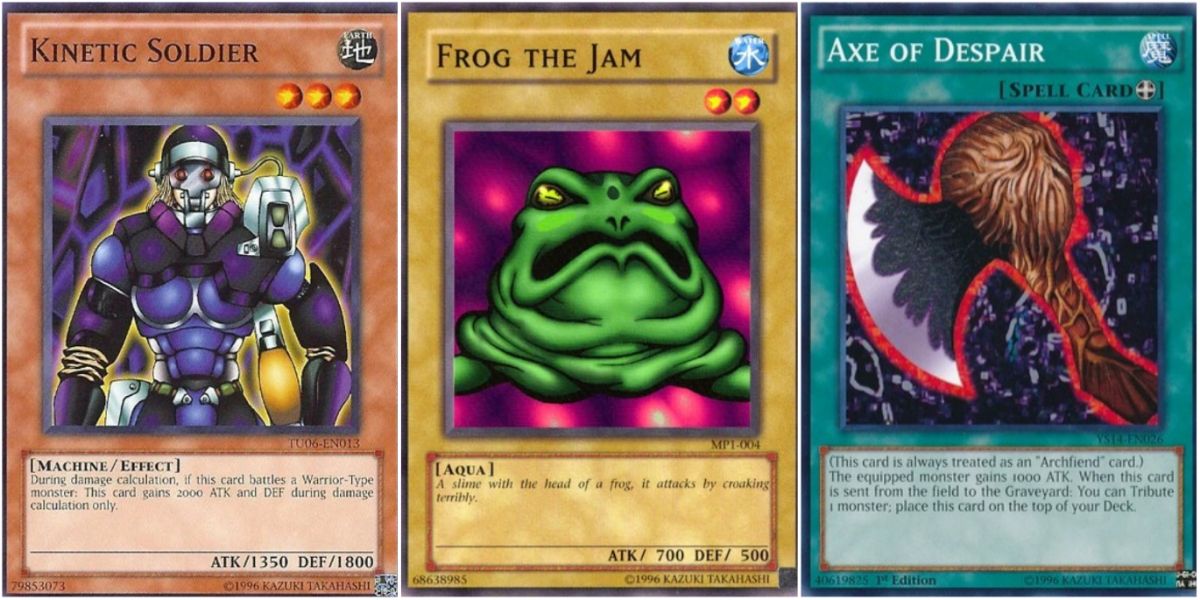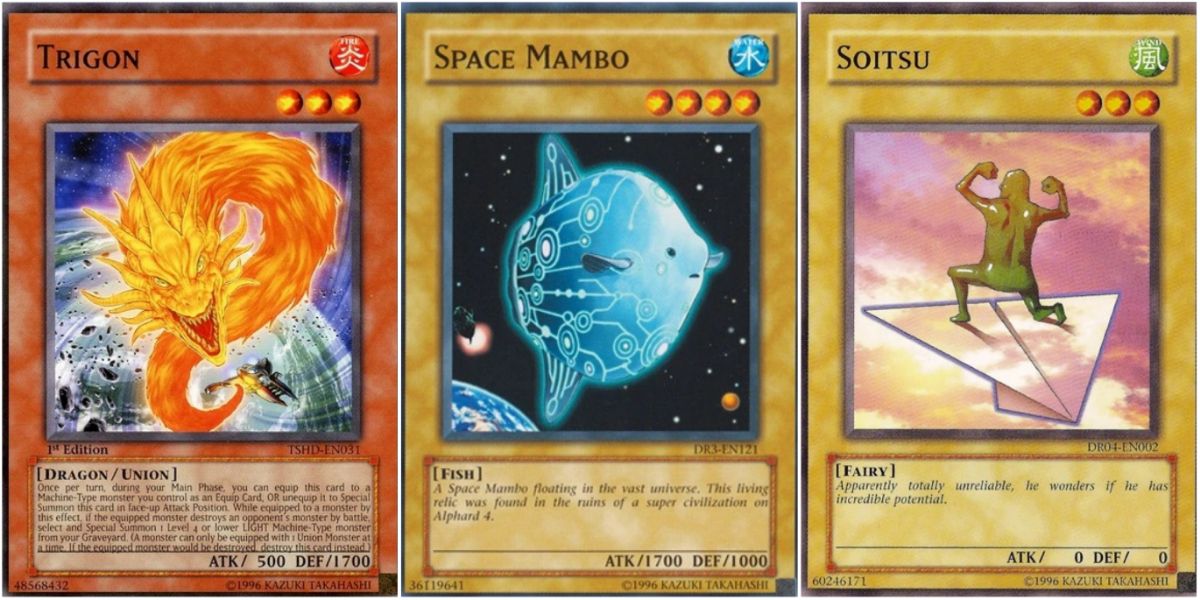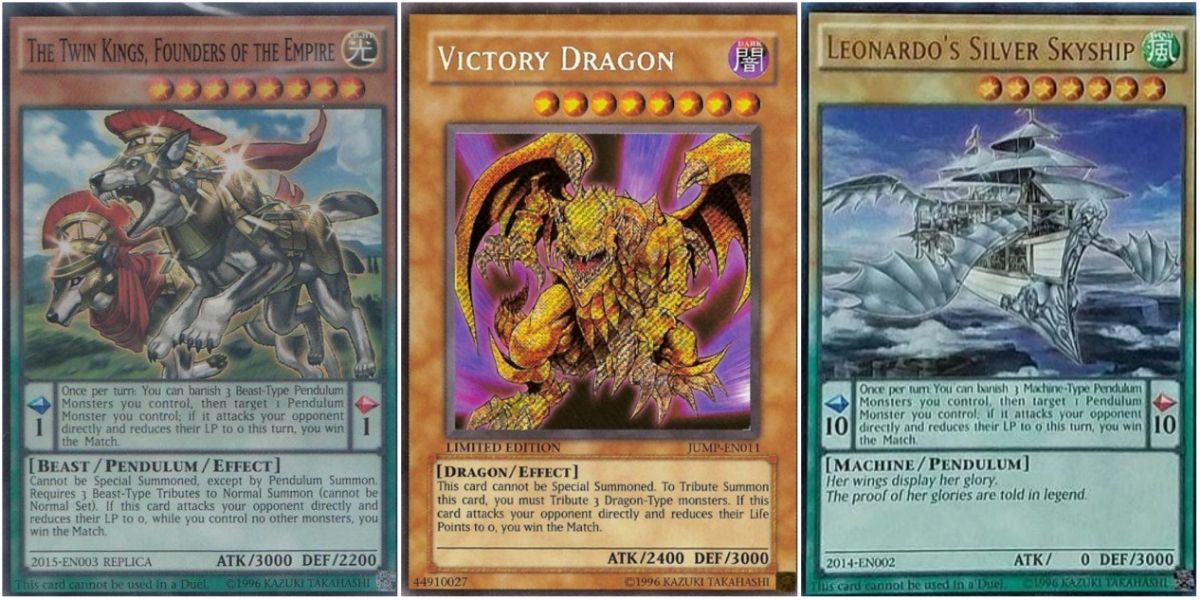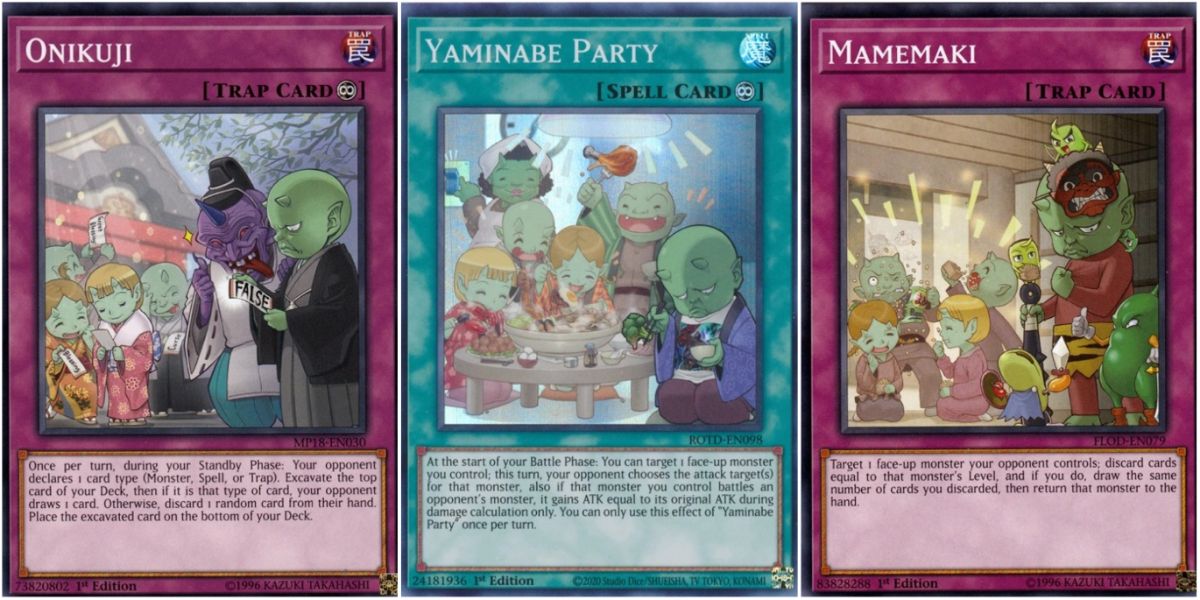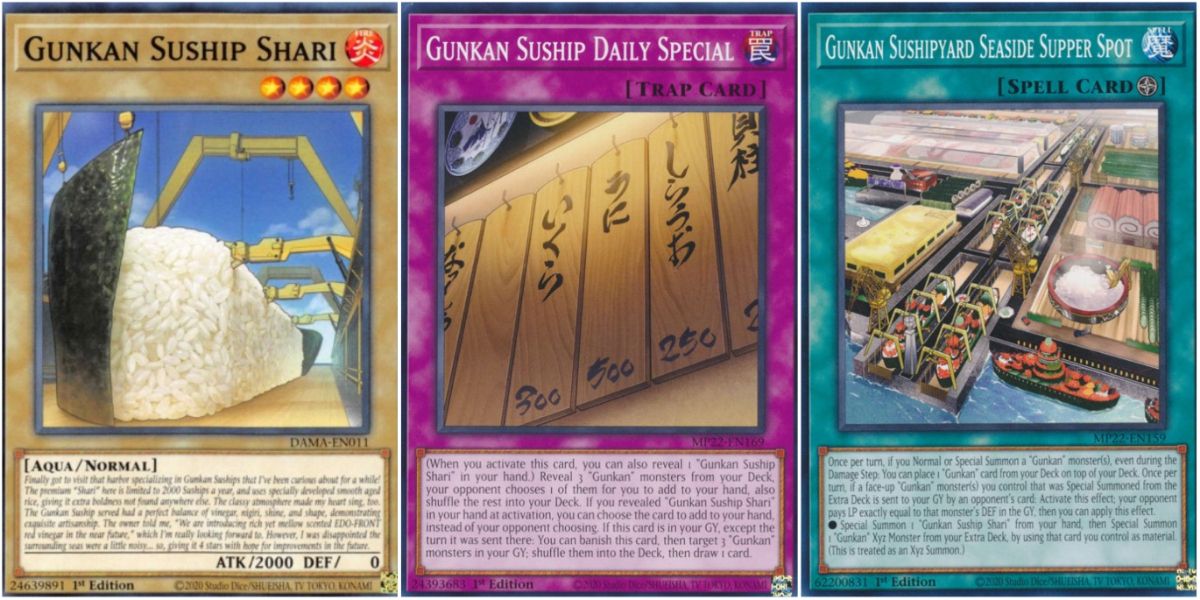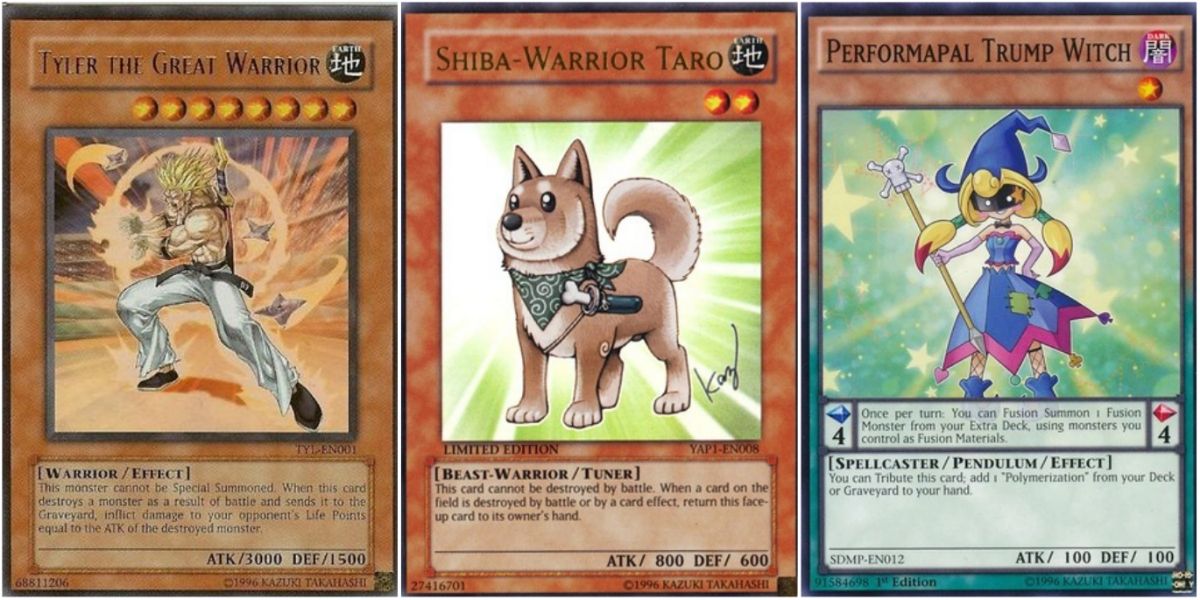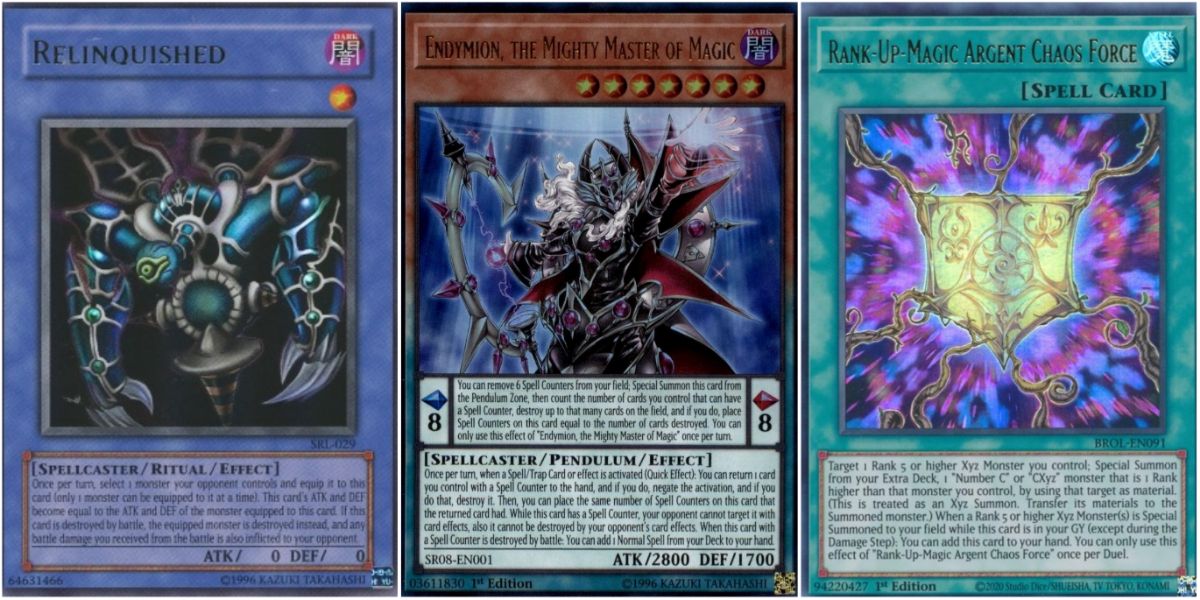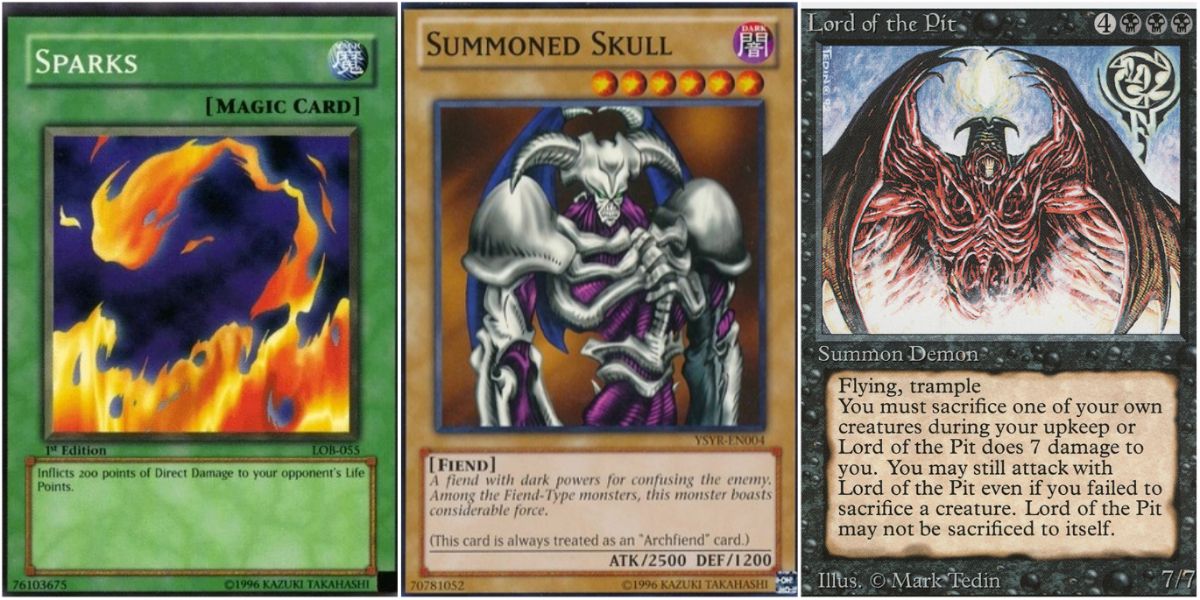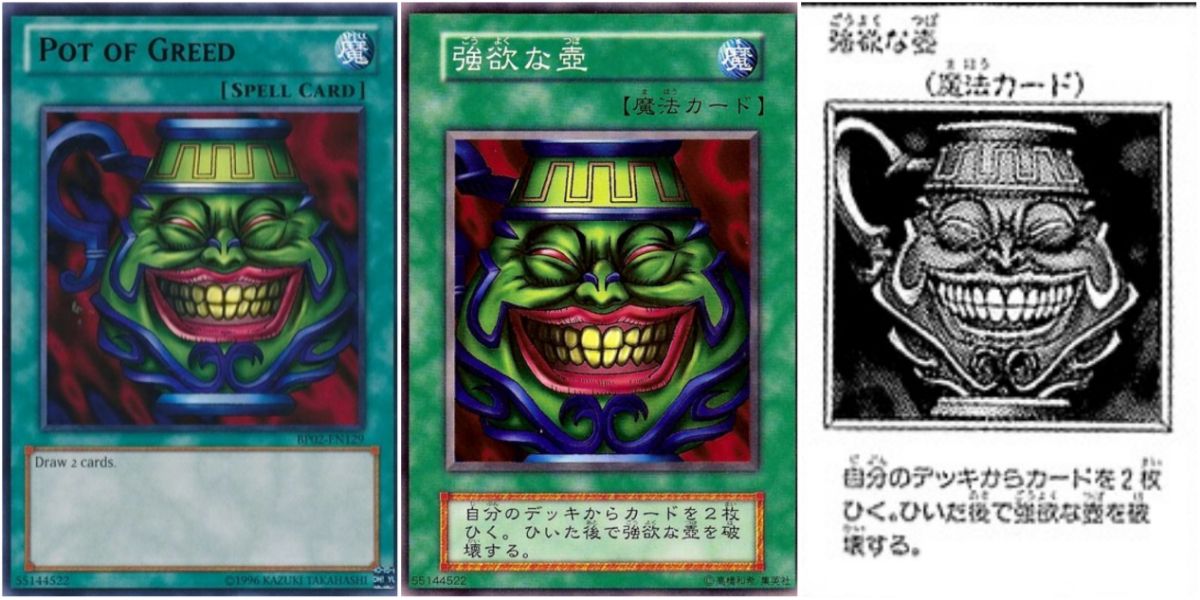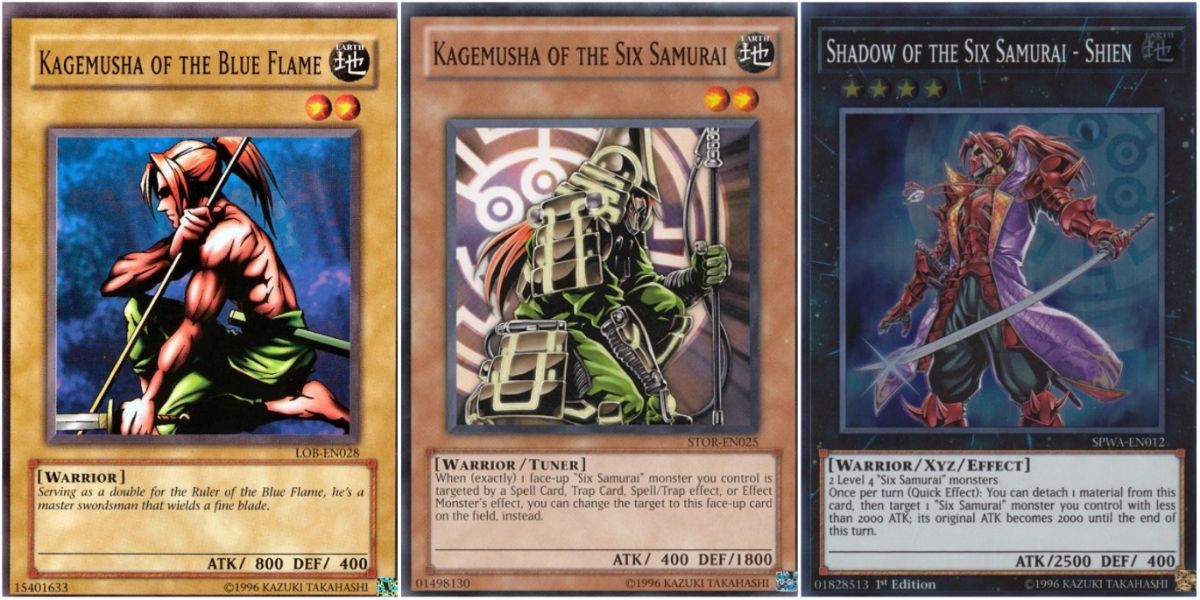Yu-Gi-Oh! is a massive game, both in terms of its worldwide popularity and its sheer numbers, having surpassed 11,000 unique cards and counting. It's only natural that some secrets would hide within the multitudes of released cards. These include references, Easter eggs, and quirky cards that rarely see the light of day, let alone get played in any competitive scene in the modern era.
But that doesn't mean they can't be dug out with enough research. And while some might be better known than others, there are some pieces of trivia that require quite a bit more digging to uncover. Some even involve sorting out a snafu that got lost in translation, as was especially common in the first few years of the franchise.
10 The Archetype Cards That Aren't Archetype Cards
From Kinetic Soldier to the infamously useless Frog The Jam, there are a few cards in Yu-Gi-Oh! that may puzzle older players if they go looking for them. Now known under different names, Cipher Soldier and Slime Toad respectively, these cards spent many years as mistranslated anomalies.
Early cards often had rough translations, and even cards that are iconic nowadays like Summoned Skull or the Axe Of Despair were not immune to this issue. Though in those cases, a small line of corrective text was added in place of an errata to their names, both cards actually being part of the "Archfiend" archetype.
9 There Are Numerous Gradius Easter Eggs Abound
While the titular Gradius might be an obvious Easter egg to many players, the references to classic Konami arcade games run a lot deeper than just the one card. With over three dozen members, this group not only rivals many larger archetypes but contains the entire "B.E.S." archetype within it.
Inspired by other games are the likes of Trigon, a reference to the game of the same name, Space Mambo, a parody of Space Manbow, whose titular ship appears in the background, and the quartet of Koitsu, Aitsu, Soitsu, and Doitsu from Parodius, where they appear as stickmen riding paper planes.
8 Players Can Win Before Playing
There have been plenty of First-Turn-Kill decks throughout Yu-Gi-Oh!'s history, but while they are fast, there are faster options still. Exodia can theoretically win as soon as opening hands are drawn. But a handful of cards can one up that, paradoxically allowing a player to win before the game has begun.
These are known as Match Winner cards. Universally banned, these cards all read "you win the match" somewhere in their text, allowing the player to win a best-of-three match if they win even a single duel using the respective card. However, conceding does negate this.
7 There Are Plenty Of References To Japanese Traditions
Konami has gotten much better at translating cards over the years, but some cards have proved more difficult than others as they represent Japanese customs and traditions that just aren't present worldwide. One example is Onikuji, a pun on omikuji, a type of paper fortune that likely inspired the American fortune cookie.
The cards Yaminabe Party and Mamemaki likewise reference other facets of Japanese culture. The former is a hotpot where ingredients are added in secret and the latter is a part of the early-spring holiday Setsubun, where beans are thrown out a doorway or at someone dressed as an oni to drive away bad luck.
6 The Longest Flavor Text Takes Flavor Literally
The longest flavor text in Yu-Gi-Oh! belongs to Gunkan Suship Shari and takes the term quite literally. It consists of a 116-word review of the eponymous sushi-ship, detailing everything from the taste to the rather noisy surroundings. Among other details, the ATK value and the level are both referenced within it.
The entire archetype is a reference to gunkan-maki, literally meaning "battleship rolls," a type of sushi where rice is wrapped in seaweed and then topped with a variety of ingredients. The prices of the respective Suships are also referenced, one card representing a menu, and another forcing an opponent to pay the bill.
5 Many Cards Originate From Contests And Memories
From wishes to contests to pets, some cards in Yu-Gi-Oh! have been made by or for people outside of Konami's usual sphere of designers. The unique card "Tyler The Great Warrior" was created to fulfill the wish of a boy fighting cancer, and Shiba-Warrior Taro is based on Kazuki Takahashi's dog.
Performapal Trump Witch stands out in particular. Designed by a nine-year-old girl named Mizuki Imai for a Yu-Gi-Oh! ARC-V contest, Trump Witch has proven a useful tool for many fusion-centric decks, allowing the player to either search their deck for a copy of Polymerization or to fusion summon using monsters on the field.
4 Testing The Upper Limits Of Card Space
Being smaller than most other TCG cards, it can sometimes be difficult to read particularly detailed Yu-Gi-Oh! cards, a fact highlighted early on by cards like Relinquished, which managed to fit 74 words into its effect alone. But in the years since, some cards have pushed word counts even further.
Endymion, The Mighty Master Of Magic is, at the time of this writing, the longest card in the game at a massive 181 words all crammed into the already cramped text box of a pendulum monster. If one can manage to read the fine print, they'll find the card actually is decent though not spectacular.
3 "Magic" Became "Spell" Because Of Magic: The Gathering
Spells, traps, and monsters make up the major card types in Yu-Gi-Oh!, but one other has been lost to time, "magic," found now only in particularly old collections of cards. Referring to the same cards as "spell" does now, it was changed after an incident between Konami and Wizards of the Coast.
While some references to Magic: The Gathering have been present and enjoyed since the early days of the game, Summoned Skull shares distinct similarities to "Lord Of The Pit", Konami took things a step too far when they attempted to copyright the term "magic card", and were forced to change the name.
2 Pot Of Greed Really Was Complex
Pot Of Greed and what it does has become a longstanding meme in the Yu-Gi-Oh! community. Both due to its short three-word effect and the fact that nearly every use in the anime saw that simplistic effect explained in excessive detail. But the original printing really was wordy.
To see this, one has to look further back than the first English release of the card. All the way back to May 1999 when the original Japanese version was released. When translated, it states: "Pull two cards from your deck. Destroy Pot Of Greed after it is placed," a relic of the earliest rules.
1 The Six Samurai Go All The Way Back
Many players might say "Dark Magician" or "Exodia" was the earliest archetype in the anime. Canny fans might say "Blue Eyes," and one does indeed appear in the first episode. But in truth, there's one that predates even that: Six Samurai. Played by Joey Wheeler, no less.
The first card played in the first scene is "Kagemusha Of The Blue Flame," a mangled translation that more accurately should read "Shien's Body Double," the same Shien of Six Samurai fame. While this incarnation would see little recognition, later cards would, including Shadow of the Six Samurai - Shien, which re-envisions him as a masked warrior.

